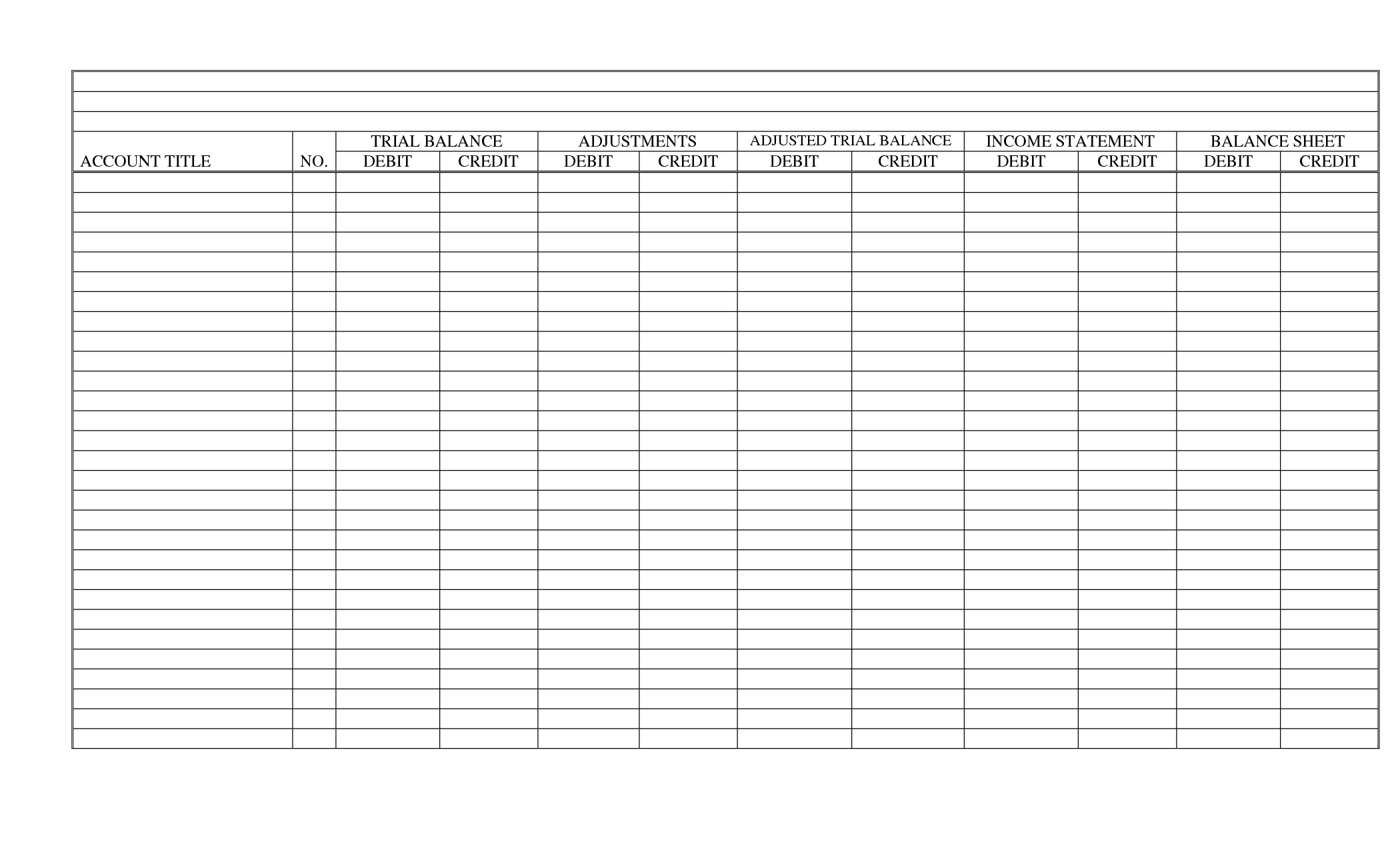Bookkeeping
What is consignment? definition, explanation, advantages and disadvantages

The consignee may continue to sell these goods even if new stocks have arrived. However, for perishable goods, the consignor may pull out old stock and replace it with new stock. These materials were downloaded from PwC’s Viewpoint (viewpoint.pwc.com) under license. If a consignee fails to perform his part of work or does not accounting for consignments function as expected, the consignor may replace him by another consignee. We’ve briefly touched on the benefits of this supply chain management style, but there’s plenty more to say. Equally, the length of time the consignee agrees to keep unconsumed goods before returning them to the consignor should also be agreed upon.
- This can provide a strategic advantage in managing cash flow and tax liabilities, especially for businesses with long sales cycles.
- The consignor then matches this information with their records to ensure consistency and accuracy.
- The consignee must also account for any returns or allowances, which can affect the net revenue recognized by the consignor.
- One of the primary considerations is the timing of revenue recognition, which directly impacts taxable income.
Consignor records the consignment sales and expenses journal entry
However, some consignors may use the following double entry to transfer inventory into a different account, for the organization. As mentioned, there are usually two parties involved in the consignment deal. The first party, the consignor, is the company that provides the goods. The other party, the consignee, is the company or business that holds the physical inventory.
Accounting for Consignment Inventory (Definition, Treatment, Journal Entry, and Example)

The journal entry is either to accounts payable or cash credit, depending on the terms agreed with the supplier, and no entry is made by the consignor. The consignor purchases their inventory and pays for the consignment inventory to be delivered to the consignee. The consignee sells the consignment inventory in return for a 10% commission. It’s common for companies that use consignment inventory to bypass standard inventory processes, which can lead to increased stock and accounting errors.
Key Principles of Consignment Accounting
The consignor must accurately value the consigned inventory at the end of each tax period, considering factors such as market value and potential obsolescence. This valuation impacts the consignor’s taxable income and requires a thorough understanding of applicable tax regulations. Utilizing specialized accounting software can aid in maintaining accurate inventory records and ensuring compliance with tax laws. When the consignee eventually sells the consigned goods, it pays the consignor a prearranged sale amount. The consignor records this prearranged amount with a debit to cash and a credit to sales. It also purges the related amount of inventory from its records with a debit to cost of goods sold and a credit to inventory.
The consignor records revenue only when the consignee provides confirmation of the sale. This confirmation typically includes details such as the sale date, quantity sold, and the sale price. The consignor then matches this information with their records to ensure consistency and accuracy. This process helps in avoiding premature revenue recognition, which can lead to financial misstatements and potential regulatory issues.
The amount recorded as sales would be the selling price of the goods, less a commission paid to the consignor. Try Unleashed for free today or book a demo to learn how we can help your business make light work of consignment inventory accounting and stock management. The treatment will differ according to whether the consignor has transferred the goods to a temporary consignment inventory account. Once the consignee sells the inventory, the consignor can record the sale amount.
SunPower has openly admitted to a material weakness in its internal control over financial reporting. Now that you’ve learned essential information on consigned inventory, we invite you to see Xledger in action. Book a demo today to learn how we can help you optimize your consigned inventory management. An example of consigned inventory is when a manufacturer or supplier provides goods to a retailer but retains ownership of those goods until they are sold to the end customer.
In order to solve this problem, Mr. A allows the seller to put the books on their shelve without paying until they are sold. Both parties may add the additional books to prevent any shortage during the next month. PwC refers to the US member firm or one of its subsidiaries or affiliates, and may sometimes refer to the PwC network. This content is for general information purposes only, and should not be used as a substitute for consultation with professional advisors. For each accounting period, consignor calculates his consignment profit by making an account known as consignment account.
While a consignment arrangements format can offer benefits such as expanding product reach without bearing immediate inventory costs, there are notable challenges. One drawback is the potential for slower cash flow, as the consignee incurs expenses related to storing and marketing the goods without immediate revenue recognition. Consignment allows businesses to sell goods via third-party sellers without requiring the sellers to pay for the goods upfront. Because consignees are only tasked with selling consigned inventory, ownership remains with the consignor until it is sold to final customers. In this article, we’ll teach you consignment inventory accounting and go over the accounting process for consignors and consignee.
Xledger provides a cloud-based financial software solution perfectly poised to manage consigned inventory. Such arrangements offer numerous benefits, which we’ll explore more in a moment. However, they include reduced risk for the consignee and less capital tied up in inventory for the consignor. Businesses dealing with bulky items or rapid obsolescence cycles find this particularly advantageous.
